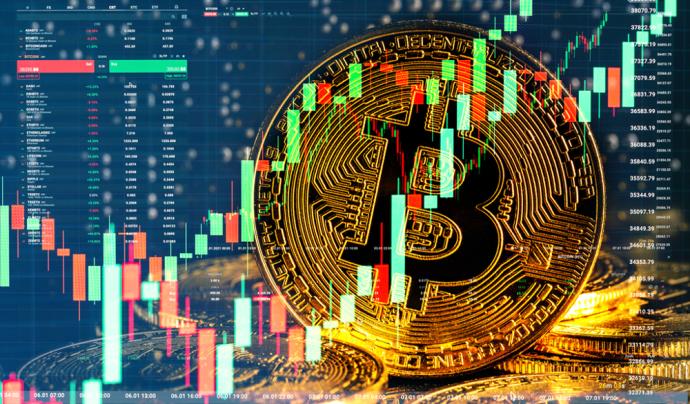In the fast-paced world of finance, a groundbreaking phenomenon has captured the imagination of investors, technologists, and the general public alike – 虛擬貨幣怎麼玩. Over the past decade, these digital assets have evolved from being obscure concepts to significant players in the global economic landscape. Cryptocurrencies, such as Bitcoin, Ethereum, and a myriad of altcoins, have emerged as a radical alternative to traditional monetary systems, challenging conventions and redefining the way we perceive and utilize money.
At the heart of cryptocurrencies lies blockchain technology, a decentralized and tamper-resistant ledger that underpins their existence. This technology eliminates the need for intermediaries like banks and financial institutions, revolutionizing how transactions are verified and recorded. Unlike traditional fiat currencies issued by governments, cryptocurrencies operate on a consensus mechanism that allows for secure, peer-to-peer transactions. This has led to the rise of borderless financial interactions, enabling users to transfer value across the globe in a matter of minutes, irrespective of geographical boundaries or traditional banking hours.
One of the most notable aspects of cryptocurrencies is their potential to empower individuals by providing them with greater control over their financial assets. Cryptocurrency wallets, secured by intricate cryptographic techniques, grant users direct ownership of their holdings, minimizing the risk of third-party control or censorship. This aspect has gained significant traction in regions with unstable financial systems or limited access to banking services, enabling previously underserved populations to participate in the global economy.
However, the rapid ascent of cryptocurrencies has not been without its share of challenges. Price volatility remains a persistent concern, with the value of these digital assets subject to erratic fluctuations that can confound investors and enthusiasts alike. Additionally, the decentralized nature of cryptocurrencies has sparked debates about regulation and oversight, as governments grapple with how to integrate these novel financial instruments into their existing frameworks.

